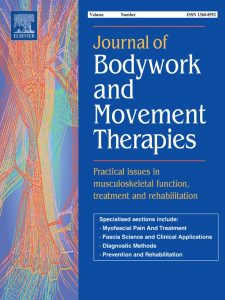Publications

Quantitative tissue parameters of Achilles tendon and plantar fascia in healthy subjects using a handheld myotonometer
Authors: S. Orner, W. Kratzer, J. Schmidberger, B. Grüner
Affiliations: Department of Internal Medicine I, Center for Internal Medicine, University Medical Center Ulm, Ulm, Germany
Journal: Journal of Bodywork and Movement Therapies - January 2018, Volume 22, Issue 1, Pages 105-111 (DOI: 10.1016/j.jbmt.2017.06.015)
-
Field & Applications:
- Medical
- Musculoskeletal rehabilitation
Objective: The aim of the study was to examine the quantitative tissue properties of the Achilles tendon and plantar fascia using a handheld, non-invasive MyotonPRO device, in order to generate normal values and examine the biomechanical relationship of both structures.
Design: Prospective study of a large, healthy sample population.
Participants: The study sample included 207 healthy subjects (87 males and 120 females) for the Achilles tendon and 176 healthy subjects (73 males and 103 females) for the plantar fascia. For the correlations of the tissue parameters of the Achilles tendon and plantar fascia an intersection of both groups was formed which included 150 healthy subjects (65 males and 85 females).
Interventions: All participants were measured in a prone position. Consecutive measurements of the Achilles tendon and plantar fascia were performed by MyotonPRO device at defined sites.
Results: For the left and right Achilles tendons and plantar fasciae all five MyotonPRO parameters (Frequency [Hz], Decrement, Stiffness [N/m], Creep and Relaxation Time [ms]) were calculated of healthy males and females. The correlation of the tissue parameters of the Achilles tendon and plantar fascia showed a significant positive correlation of all parameters on the left as well as on the right side.
The MyotonPRO is a feasible device for easy measurement of passive tissue properties of the Achilles tendon and plantar fascia in a clinical setting. The generated normal values of the Achilles tendon and plantar fascia are important for detecting abnormalities in patients with Achilles tendinopathy or plantar fasciitis in the future. Biomechanically, both structures are positively correlated. This may provide new aspects in the diagnostics and therapy of plantar fasciitis and Achilles tendinopathy.


